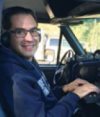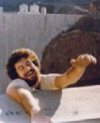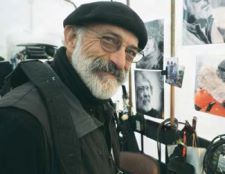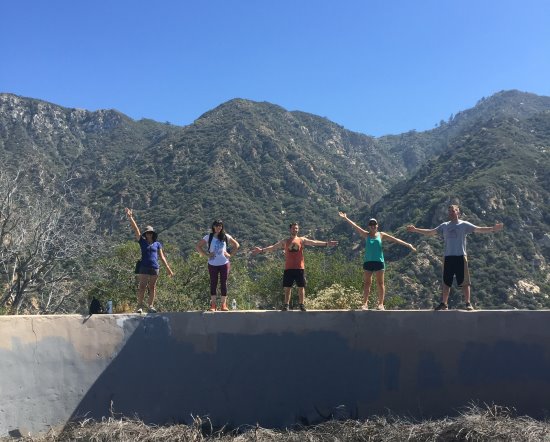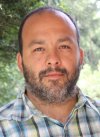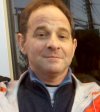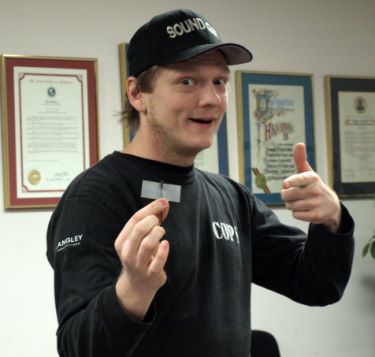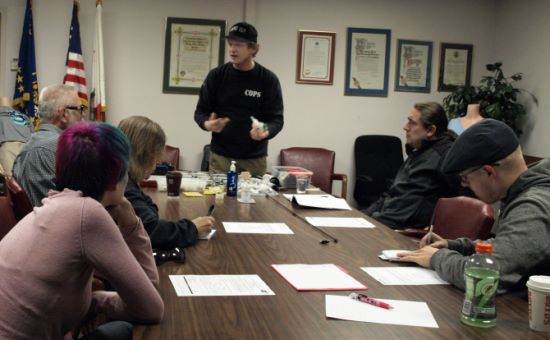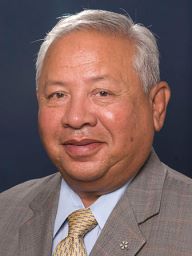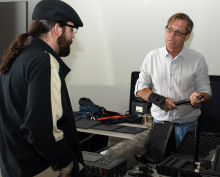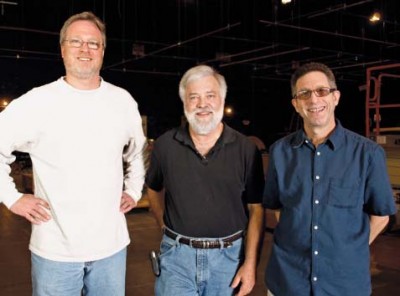We lost one of our champions
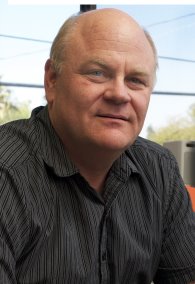
On December 27, 2015, the Labor community lost one of our champions, Haskell Wexler. Haskell had an extraordinary career as a Director of Photography, Producer and Director. Haskell received many awards during his career including an Oscar for his work on Who’s Afraid of Virginia Woolf? and Bound for Glory. My hope is that you will also remember him as a fighter for the rights for all working men and women. Haskell didn’t care what you thought of him and whose feathers he had to ruffle to stand up for the crew. Each time I met with Haskell, the topic was never about him or the shows he worked on, it was always about the productions that worked long hours and the safety of the crew. Haskell was well known for his tenacity on this issue and was a co-founder of the organization 12 on 12 Off (http://12on12off.weebly.com).
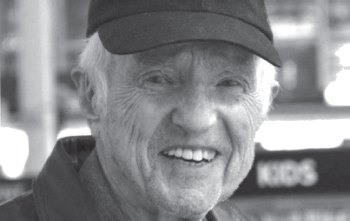
The goal of this group is to have no workday longer than twelve hours and at no time does a crew member get less than a 12-hour turnaround. Haskell produced a documentary called Who Needs Sleep? that details the risk to your health when you’re exposed to long hours over the length of your career.
At our Executive Board meeting in January, I asked President Mark Ulano to form a Local 695 Safety Committee to continue Haskell’s fight for safe working conditions. There is no better person to chair this committee than Jeff Wexler. Jeff accepted the position to continue the work his father began years ago.

Call the IATSE 24-hour toll-free safety hotline if you experience unsafe working conditions on production. If you are injured on production, call the Local to report your injury so we can assist you with workmen’s comp issues and to help with your transition back to work.
In solidarity,
Scott Bernard
Business Representative


